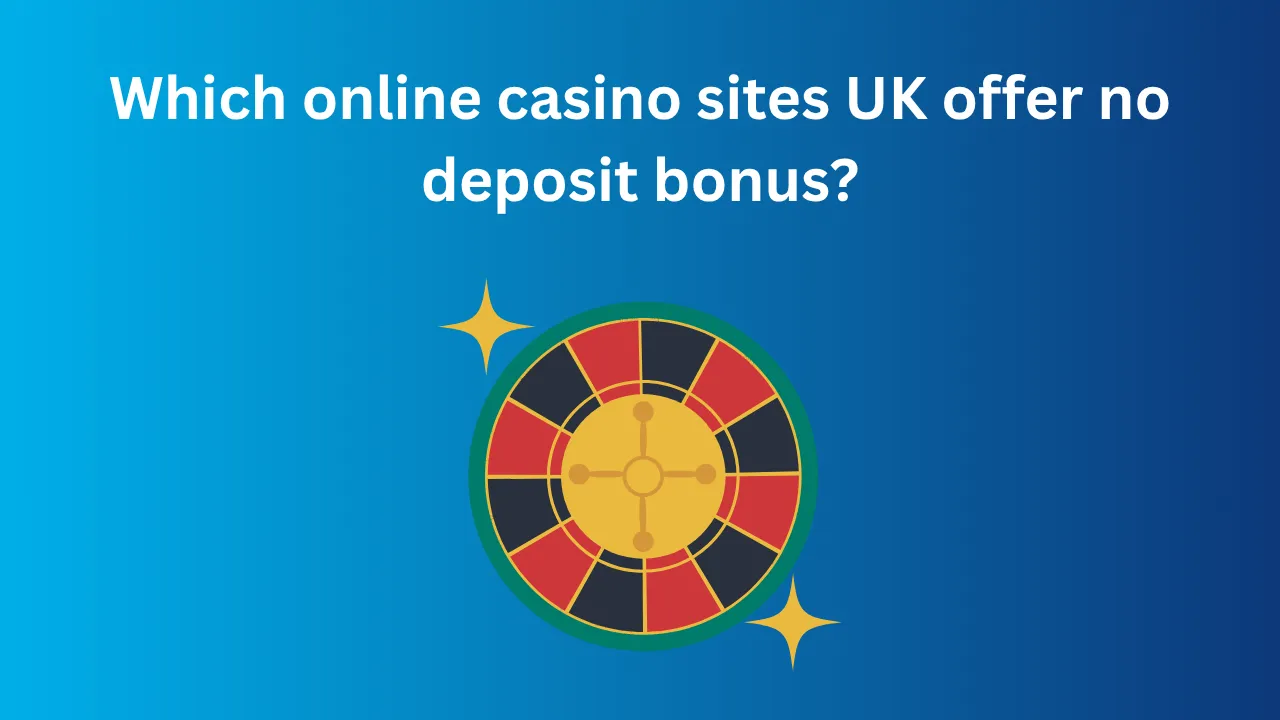Progressive slots have a way of making even the most disciplined players daydream. One spin, one perfect alignment, and suddenly you’re telling friends how an idle Tuesday evening turned into a life-changing haul. I’ve chased that dream on regulated UK platforms and on offshore sites, tracked RTP tables, and even kept spreadsheets of jackpot sizes. The conclusion? Whether progressive slots are “worth it” depends on what you expect from gambling, how you manage risk, and how honest you are about why you’re spinning in the first place.
How Progressive Slots Actually Work
Unlike flat-top slots (where the top prize is fixed), progressive machines shave a fraction of every qualifying wager and funnel it into a shared pot. That pot might be confined to a single casino (a local progressive) or networked across many brands (a wide-area progressive). The jackpot climbs every second someone, somewhere, spins. The trade-off is hidden in the math: the base RTP is often lower than comparable non-progressive titles, because a chunk of each bet is essentially “locked” in the pot—value you only realize if the jackpot is oversized when you win it.
You’ll sometimes see two RTP figures in the paytable: a base rate (say 92–94%) and a “progressive contribution” (maybe 2–4%). That contribution doesn’t help you unless the jackpot has swollen past the point where the expected value (EV) outweighs the house edge. Casual players rarely monitor that threshold, which means they’re typically playing a mathematically inferior game—but they’re doing it for the thrill, not the spreadsheet.
The Psychological Hook Behind the Huge Numbers
That blinking six- or seven-figure counter is there to dominate your attention. It reframes your entire session around “what if?” rather than “what’s likely?” Because each spin’s contribution is tiny, “just one more” feels painless. Before you know it, your “fun flutter” has turned into a quiet bankroll bleed. And here’s where the environment matters: when you wander off the UKGC path and explore non GamStop casinos, you’ll find plenty of progressive slots and far fewer friction points to slow you down. The freedom can be nice—fewer verifications, juicier bonuses—but it puts the responsibility on you to police your spending, check withdrawal limits, and verify fairness. The jackpot thrill is undeniably real; so is the risk that comes with lighter oversight.
RTP, EV, and the Part the Banner Doesn’t Show
Most marketing banners scream the headline figure—the jackpot amount. What they don’t show is the slogging probability curve beneath it. Suppose a slot’s base RTP is 93% and 3% goes to the pot. Until that pot hits a hefty overlay (a size where your expected value rises above the house edge), you’re essentially donating to the future winner. That overlay point is game-specific and constantly shifting, which is why true advantage players track it like hawks. If you’re not doing that analysis, you’re playing for entertainment—totally fine, as long as you admit it to yourself.
Serious “jackpot snipers” only sit down when the number is high enough to tip EV into their favor. They’ll spin at required stakes and back out the moment the jackpot drops. It’s clinical, not romantic. If that sounds like work rather than fun, you’re better off treating progressives like a once-in-a-while lottery ticket: throw a few spins in, enjoy the adrenaline, then move on.
Wide-Area vs. Local Progressives
Wide-area progressives are the celebs: they grow fast because hundreds of casinos feed the same pool. The flipside is that the top prize hits rarely—odds can be one in many millions of spins. Local progressives grow slower but may drop more frequently. Don’t let “more frequently” fool you, though; you’re still dealing with a microscopic chance for the top award. The meaningful difference often lies in secondary jackpots and bonus features—local games sometimes feel less barren between big hits.
Another point: some wide-area progressives reset at eye-watering minimums (e.g., £1 million). That minimum already bakes in a sizable EV buffer, so snipers flock as soon as it inches above the reset. Local games might reset at a few thousand, making the overlay calculation less appealing but the session variance slightly less brutal.
The Max-Bet (or Side-Bet) Gotcha
Always read the paytable before you spin. Plenty of progressive slots require max bet, or a specific side bet, to qualify for the full jackpot. I’ve seen players land the “winning” combination only to discover they were ineligible for the top prize. Few things sour a session faster than realizing you hit the symbol but not the terms.
Offshore Reality: Freedom with Strings
Step outside GamStop and UKGC oversight and you’ll discover a buffet of sites with lax signups, generous promos, and light-touch verification. That can be liberating, but it also means you shoulder due diligence yourself. Vet the license (is it MGA, Curacao, something obscure?), test withdrawals with small sums, and read forums to see how the site handles disputes. Offshore doesn’t mean “automatically rogue,” but transparency varies wildly. Protect yourself with screenshots of balances and chats, and know the maximum withdrawal clauses before a big win, not after.
Bankroll Segmentation: The Sanity Mechanism
Progressive chasing needs its own sealed envelope of money. Literally name it “Jackpot Fund” if you must. When that stash is gone, stop. Don’t siphon from your main bankroll “just to top up.” Variance on progressives is vicious; they’re designed to pay rarely and massively. A separate fund lets you enjoy the spikes without letting them cannibalize your regular play or, worse, your real-life finances.
I also keep a time cap: a 15–20 minute “progressive burst” window. I spin at qualifying stakes for that block, enjoy the thrill, then hop to a solid 96–97% RTP slot to grind out some steady play. It scratches the dream itch while protecting the bottom line.
Redefining What “Winning” Means
If the only outcome you’ll accept is the mega jackpot, you’re set up for near-constant disappointment. Broaden your definition: Did you trigger a lucrative bonus round? Did your budget last longer than expected? Did you walk away in profit—even modestly—without the big pot? You’ll enjoy sessions more and tilt less when you allow smaller victories to count.
Volatility and Your Temperament
Progressive slots are high-volatility beasts: expect long droughts. If you need frequent small hits to keep morale up, a flat-top slot or medium-volatility game will treat you better. Think of progressives like an almost endless climb of a rollercoaster—you might never get the drop. And if your emotional bankroll (the patience and calm you bring to the game) runs out, the financial bankroll tends to follow.
When Progressive Slots Can Be “Worth It”
They make sense if you’re crystal clear about your goals. If excitement and the possibility of a blockbuster story are worth the money, then yes—they can be worth it. They also make sense when:
You’ve identified a true overlay (rare, but it happens).
You’re wagering bonus funds that would otherwise be hard to clear, and the slot counts 100% toward wagering.
You’re in a group sweat—pooling spins with friends makes the chase social and spreads risk.
You’ve set non-negotiable bankroll/time limits and honor them.
Pitfalls That Kill the Buzz
Withdrawal caps can turn a six-figure win into a slow drip of weekly payouts. Read those terms before you play, especially offshore. Another killer is tilt: that emotional spiral when near-misses or long dry spells push you to double stakes out of frustration. RNG doesn’t owe you a hit because you’ve “paid your dues.” Probability has no memory.
I’ve watched someone snare a six-figure win on their first spin, and I’ve seen grinders walk away after hours only for the next seat-warmer to hit. These anecdotes fuel myths—“the machine was hot,” “it always hits after a long dry run”—but randomness is just that: random. Use data, not folklore, to guide your decisions.
Chasing vs. Flirting
There’s a gulf between dabbling in progressive slots and actively chasing them. Chasing implies research, timing, bankroll segmentation, and disciplined exits. Flirting is throwing a few spins in for the adrenaline spike and calling it a day. Be honest about which camp you’re in. If you’re flirting, treat it like buying a lottery ticket—fun if it happens, no harm if it doesn’t. If you’re chasing, bring a spreadsheet, not just a debit card.
Final Verdict: Worth the Chase?
Progressive slots are rarely “worth it” in pure ROI terms. But gambling isn’t always about ROI; it’s entertainment, escapism, adrenaline. If you price that thrill correctly—set limits, accept the math, and avoid emotional spirals—progressives can absolutely be part of a healthy gambling routine. Mix them into your play strategically, don’t let the flashing numbers hypnotize you, and remember: a jackpot story is sweet, but a sustainable hobby is sweeter.






